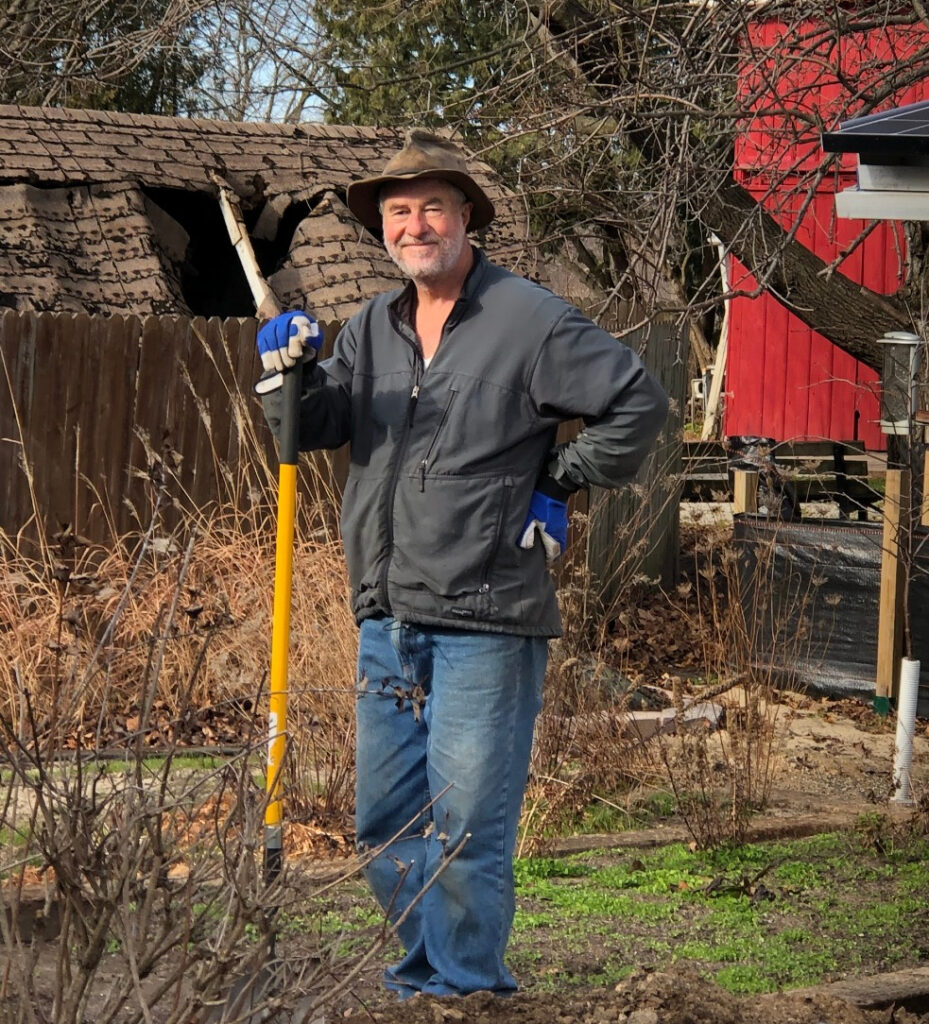By Dan Russler
As the redistricting saga in Wisconsin continues to unfold, a surprise for Wisconsin was revealed by the Wisconsin Supreme Court on April 15, 2022.
Previously, on March 23rd, the US Supreme Court remanded the selection of State Assembly and Senate district maps back to the Wisconsin Supreme Court. The reason given for the remand was that documentation provided by the Wisconsin Supreme Court supporting the selection of district maps in the Milwaukee area was not sufficient to satisfy the US Supreme Court. The options for Wisconsin given in the remand order specifically clarified that selection of entirely different maps was NOT required.
In the April 15 response to the US Supreme Court, Wisconsin Justice Brian Hagedorn wrote: [Although] “…we anticipated further litigation involving a fully developed Equal Protection or VRA claim [Voting Rights Act] could, and likely would, follow [our February decision] …complying with the [recent] directive of the United States Supreme Court at this stage of the proceedings raises some difficult challenges…the timing does not work. It would undoubtedly require delaying statutory deadlines and otherwise disrupting the administration of the fall elections.”
Despite Hagedorn’s worries about “disrupting the administration of the fall elections” in his April 15 concurrence opinion, Hagedorn joined the majority in which the Wisconsin Supreme Court selected a second set of district maps, those created by the Legislature last fall. As noted above, this second set of district maps was not required by the US Supreme Court. This makes it seem as if Hagedorn wants it both ways: to be given credit for his concern for fall elections; and for his decision to join the majority.
Unfortunately, these new district maps are a drastic change from the maps selected by the Court in February, not just for the Milwaukee area, but for the whole State of Wisconsin. This decision, at this late date, massively disrupts the administration of the fall elections. Instead of limiting changes to the Milwaukee area, which still certainly would have disrupted elections locally, the Wisconsin Supreme Court decided to create massive change to districts across the whole State. Now, everywhere, all over the State, people are scrambling to evaluate the impact of changes to their new local districts. Many people running for office will need to scramble to collect signatures from a different set of voters in another district than they’d planned for. Some will fail, simply because the Wisconsin Supreme Court decision affected the whole State, rather than just the Milwaukee area.
This April 15 decision hardly represents a “Least Change Approach” by the Wisconsin Supreme Court. Apparently, adopting Least Change in order to support both voters and incumbents has now proven irrelevant to our Wisconsin Supreme Court justices. One wonders why.
The impact on candidates collecting signatures in Jefferson and Walworth Counties illustrate the problems statewide.
The new Assembly District 38 is oriented along Interstate 94 and extends from Dane County, across northern Jefferson County and into Waukesha County. Suddenly, candidates from Waukesha County are now eligible to collect voter signatures from a large portion of northern Jefferson County and into Dane County.
In contrast, the new Assembly District 33 is oriented along Highway 26 from the City of Jefferson past the City of Milton towards Janesville. Suddenly, candidates residing in Milton will now need to collect signatures across the southern half of Jefferson County. The new Assembly District 33 also forms the northern portion of Senate District 11. In this change, the Whitewater area now will vote in Senate District 11 along with southern Jefferson County and a large portion of Walworth County. Of course, not only is Jefferson County split in the middle by Assembly districts, it is also split in the middle by Senate districts. Watertown is in a third Assembly district.
At this point in time, we will have to wait to see which potential Assembly candidates can collect enough signatures in Districts 38 and 33 to run for office. Even the identities of those collecting voting signatures are not known for certain, since any previous announcements about running for office may now need to be corrected.
For Senate District 11, which now includes both the Fort Atkinson and Whitewater areas, candidates may collect voter signatures in western Kenosha, Walworth, eastern Rock and southern Jefferson counties.
Once candidates begin collecting voter signatures later this week, we will begin to understand better the nature of the political races for fall elections in our area. Stay tuned. Perhaps, more surprises may be in store.
Dan Russler is a member of two ad hoc analytical groups: Fair Maps of Jefferson County and the Wisconsin Map Assessment Project (WIMAP), and he is one of 36 “Concerned Voters of Wisconsin,” a citizens’ group which submitted in January an amicus brief, also known as a “friends of the court” document, asking the Wisconsin Supreme Court to reject the Wisconsin Legislature’s proposed Assembly map. Russler is a resident of Jefferson County. An explanation of the role played in the redistricting process by WIMAP is here: https://www.wispolitics.com/2021/wimap-comments-on-the-wi-legislatures-maps/.

Dan Russler
This post has already been read 2395 times!
